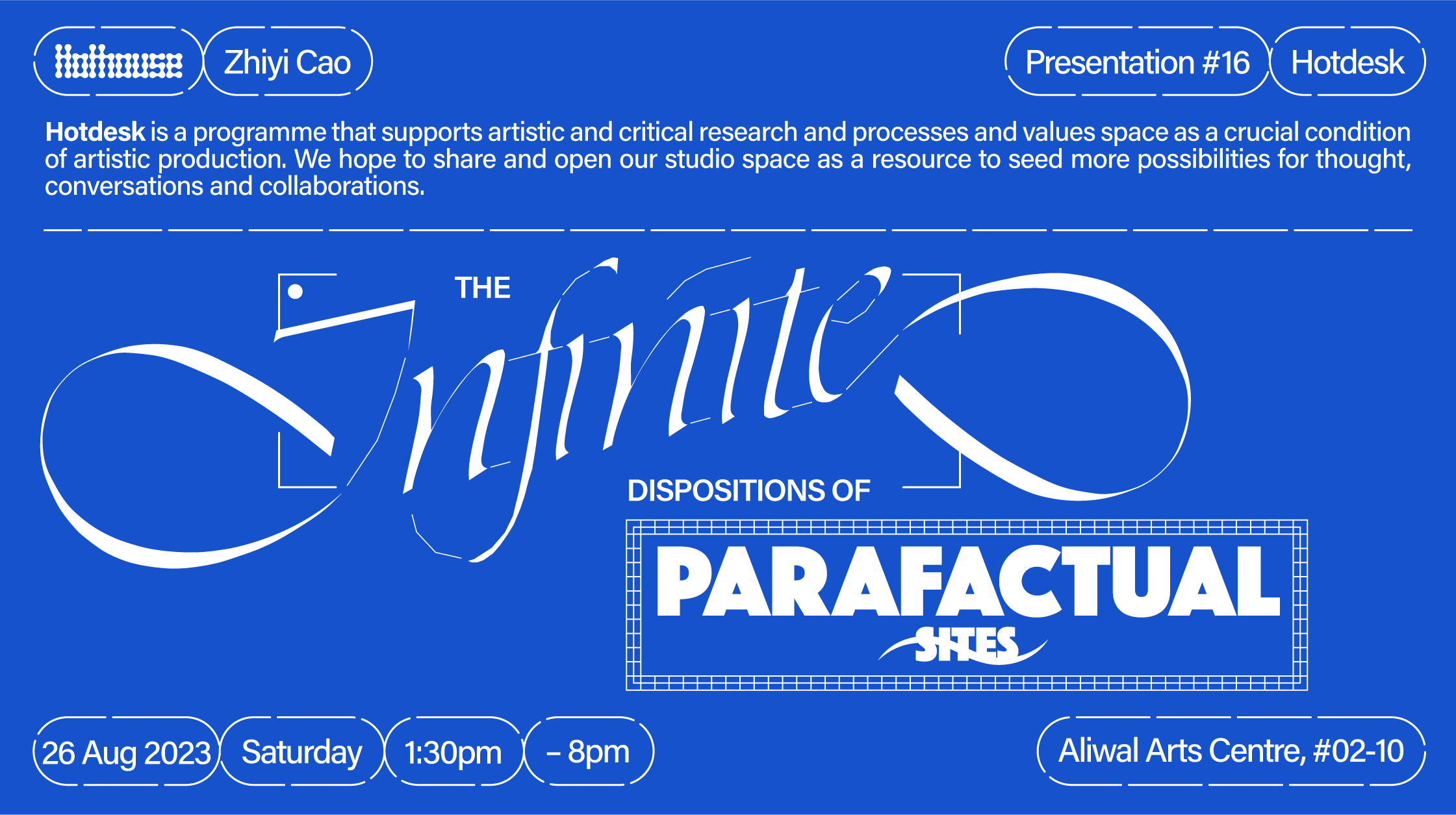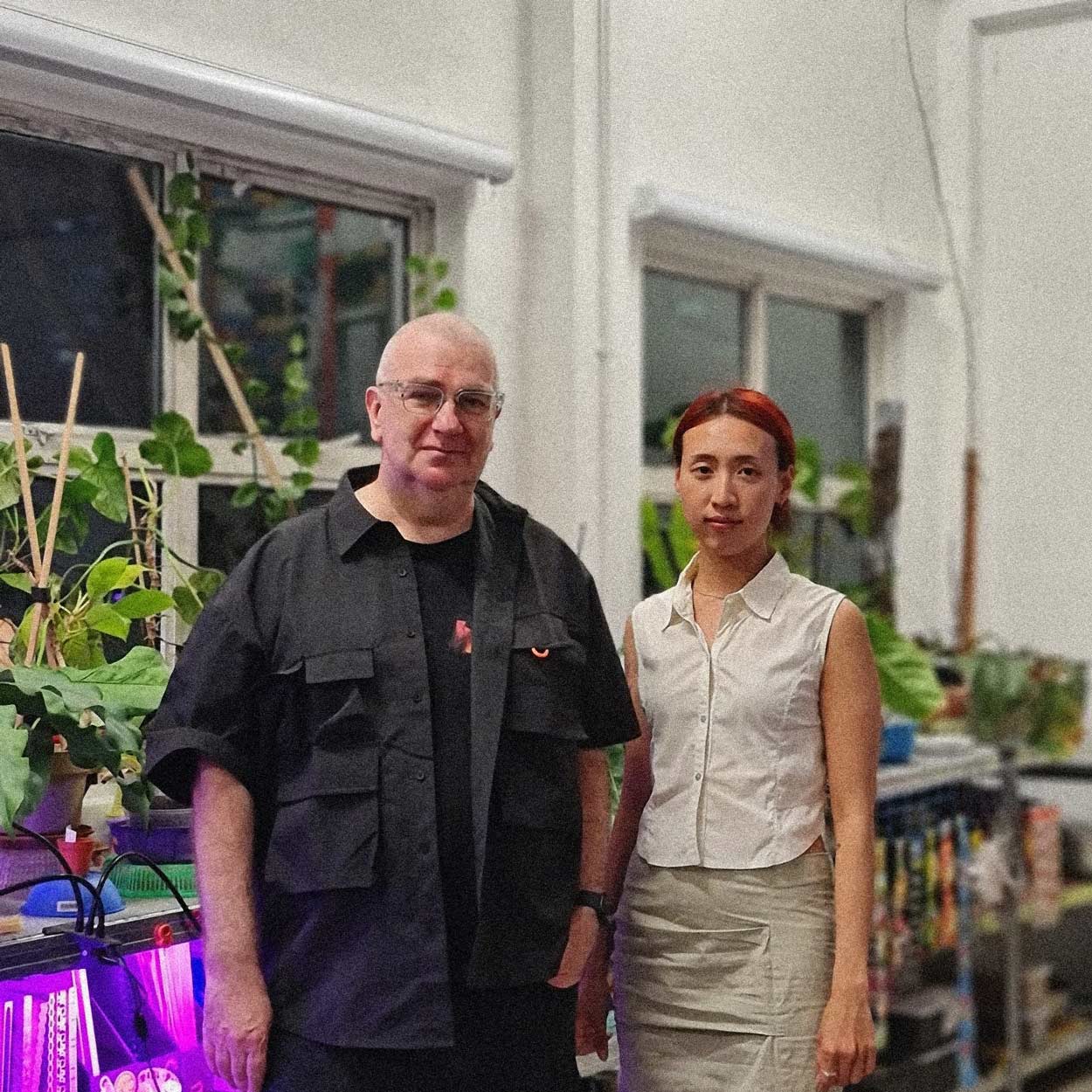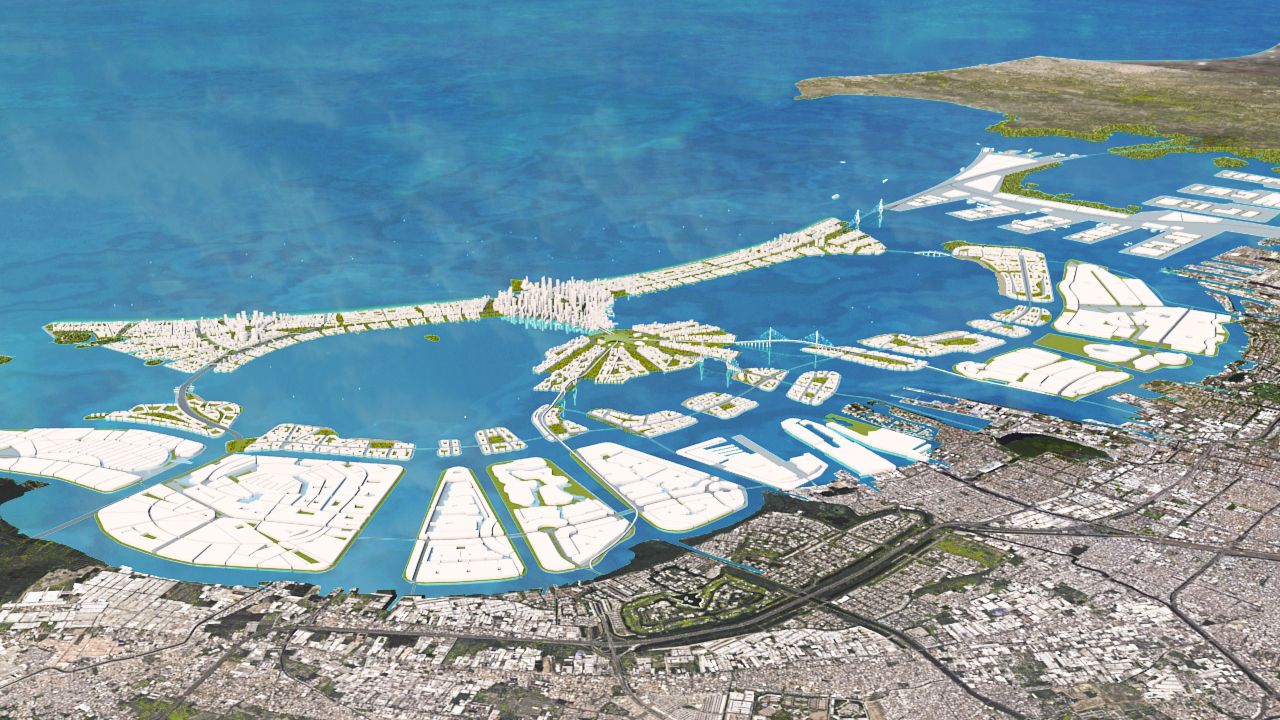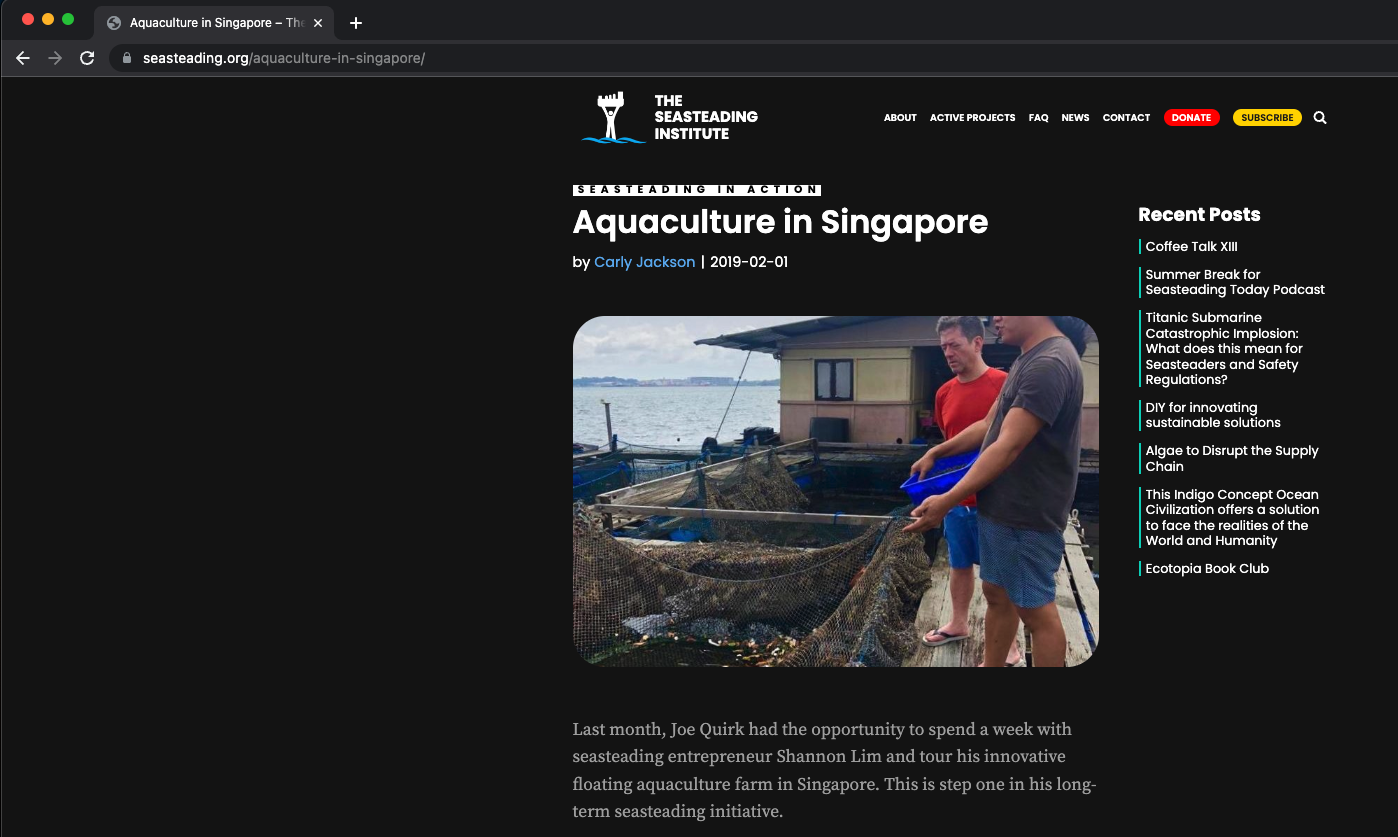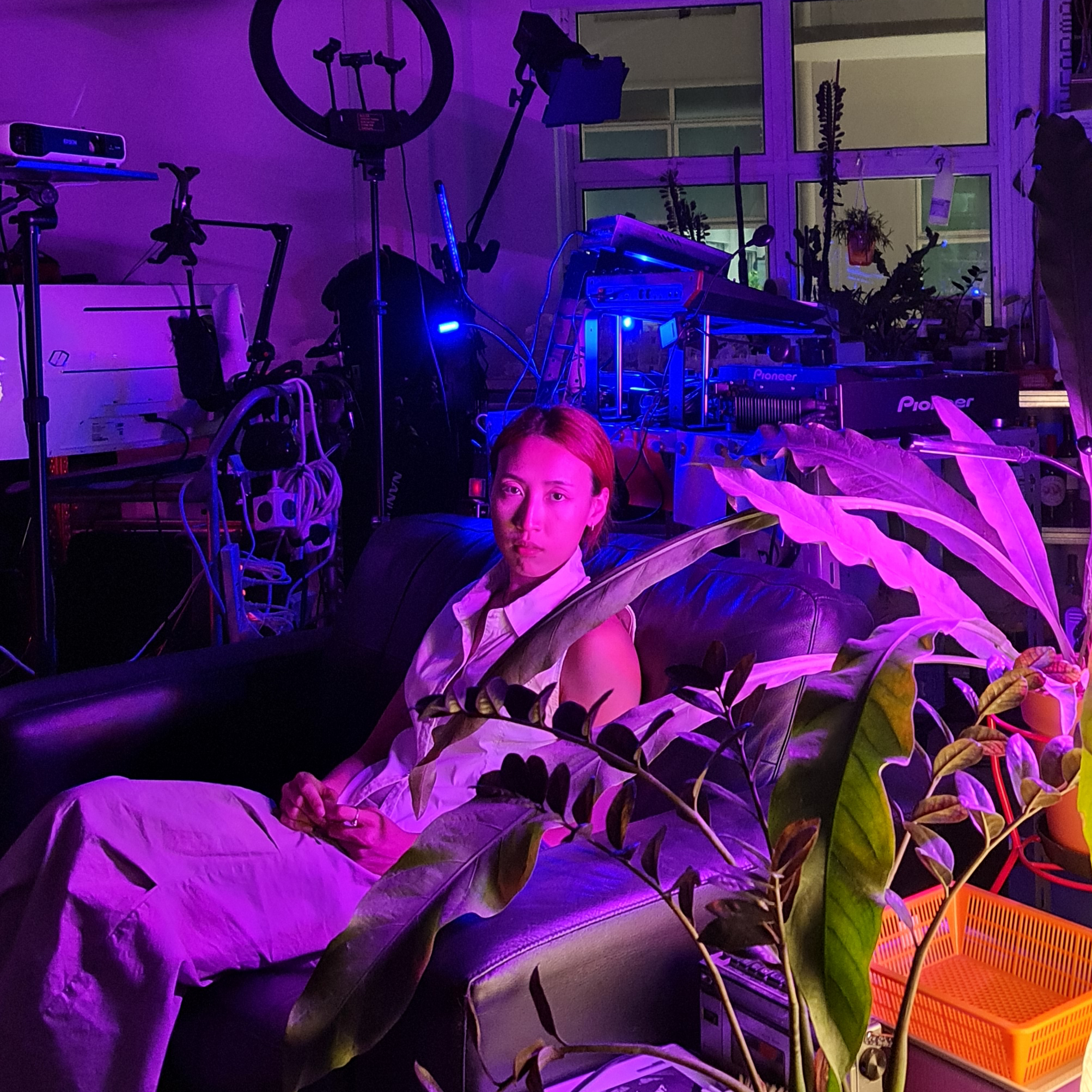An Associative Panel with Zhiyi Cao, Lilian Chee, Constance Lau, and Min-Wei Ting
The Programme commences with an introduction and presentation by Zhiyi Cao, shedding light on her research. This will be followed by a panel discussion involving Lilian Chee, Constance Lau, and Min-Wei Ting. Prompted by carefully chosen visuals (each accompanied by a brief elaboration), the four speakers will engage in a dynamic four-way conversation. During this exchange, each speaker will respond to the visual cues presented by their counterparts by sharing a visual representation of their own. Through the process of forging discursive or specific connections, the goal is to offer insights into the diverse research interests of each speaker. This collaborative and interdisciplinary dialogue will span the realms of filmmaking, architecture, and academia, creating a unique platform for exploration and exchange.
Lilian Chee
Lilian Chee is an Associate Professor and History Theory Criticism Research Cluster Leader. She is a writer, academic, designer, curator and award-winning educator. A recipient of the University and Faculty Teaching Honour Rolls, she has lectured at the Bartlett, Delft, ETH Zurich, Melbourne and the Berlage Centre. Her work is situated at the intersections of architectural representation, gender and affect in a contemporary interdisciplinary context. She conceptualized, researched and collaborated on the award-winning architectural essay film about single women occupants in Singapore’s public housing 03-FLATS (2014), which won the best ASEAN documentary Salaya 2015; shortlisted for the Busan Wide Angle Documentary Prize 2014; and screened at the Singapore Pavilion at the Venice Biennale 2016. Her publications include the forthcoming monograph Architecture and Affect: Precarious Spaces (Routledge, 2019) and a co-edited volume Asian Cinema and The Use of Space (Routledge, 2015). She is working on a book about public art in Singapore, and co-editing a volume on domesticity in architecture. Lilian is on the editorial boards of The Journal of Architecture, Architectural Theory Review and Australian Feminist Studies.
Min-Wei Ting
Min-Wei Ting explores the politics of space and the complex dynamic of belonging in his native Singapore. Working primarily in video, he navigates the fast-developing city state focusing on sites that hold historical, political, and social significance, from the ubiquitous public housing estates to spatial management protocols enforced on the migrant workforce. His films enact intimate gestures of protracted observation and slow movement, adopting a first-person perspective where a tension between embodiment and disembodiment is often at play. His work has been presented in art spaces and film festivals such as The Substation (Singapore), Singapore Art Museum, International Film Festival Rotterdam, and Singapore International Film Festival. In 2019, he was shortlisted for the Berlin Art Prize.
Constance Lau
Constance Lau is an architect with extensive teaching experience in London and at the National University of Singapore (NUS), balances her role as a design studio leader at UoW and NUS with supervising PhDs and dissertations. Her architectural practice spans both London and Singapore. Lau's academic journey includes a PhD by Design from the Bartlett School of Architecture, and her research focuses on narrative, archival elements, and montage techniques within architectural design. Her teaching approach centers on fostering dialogue and individual learning, encouraging students to shape their design understanding and outcomes while challenging conventions. This philosophy is evidenced in her studio's work and the publication "Dialogical Designs" (2016). Lau actively applies her research through teaching, conference participation, peer reviews, and publications, alongside her role as a guest critic and her memberships in educational and architectural boards.
